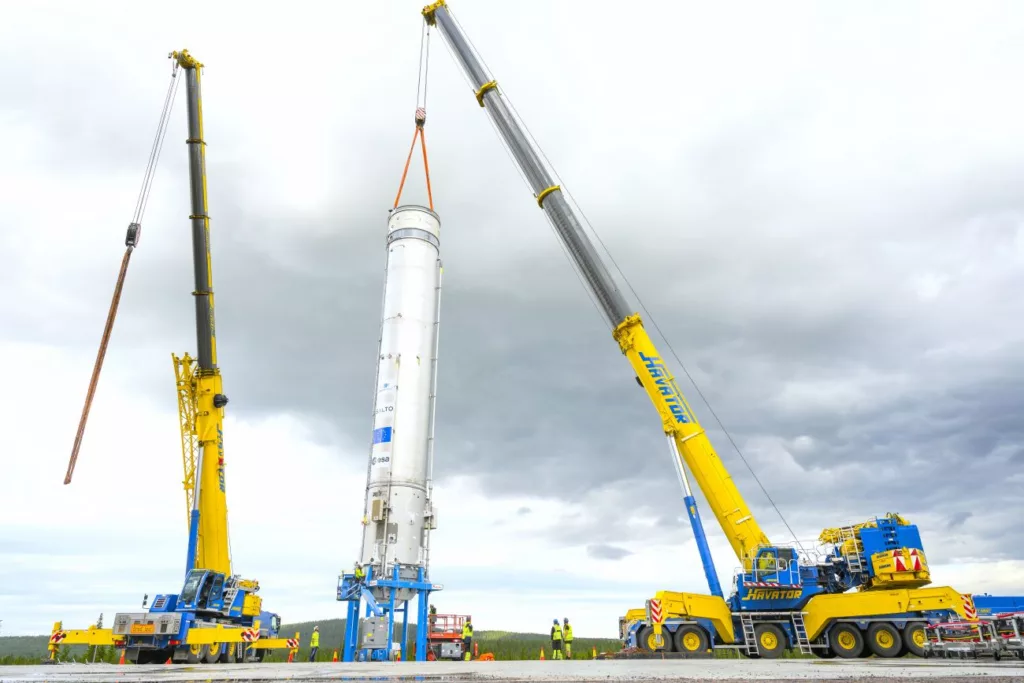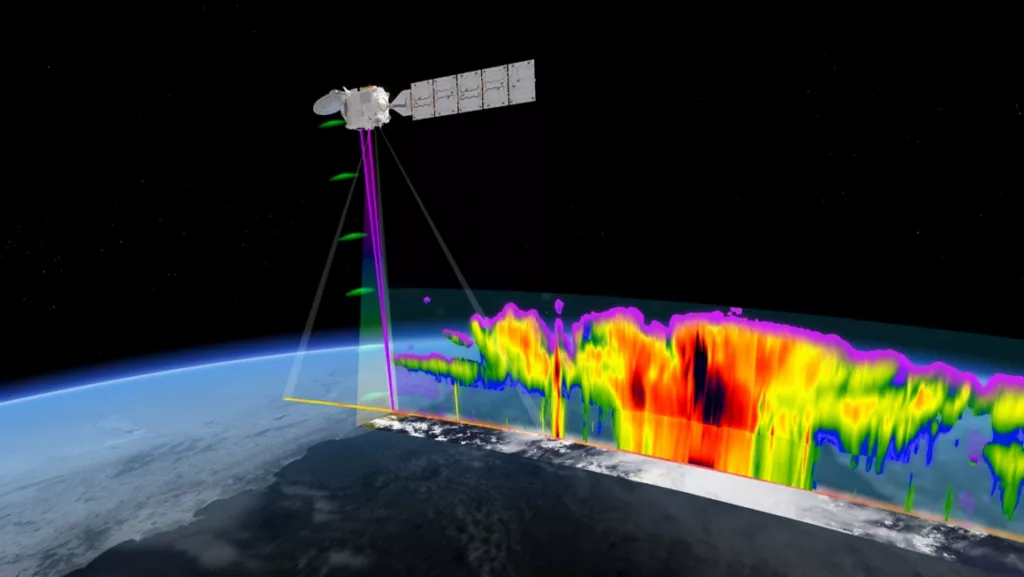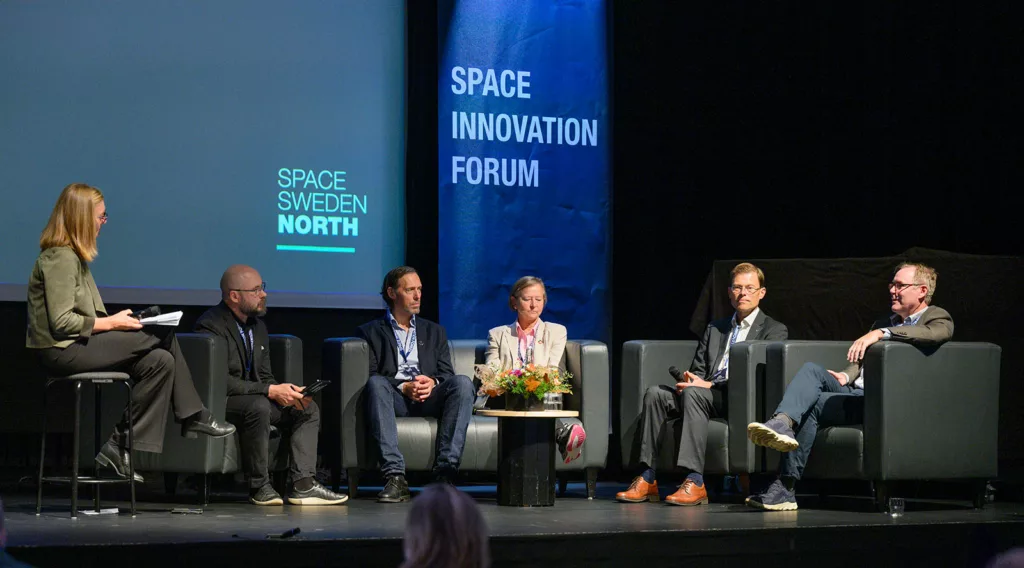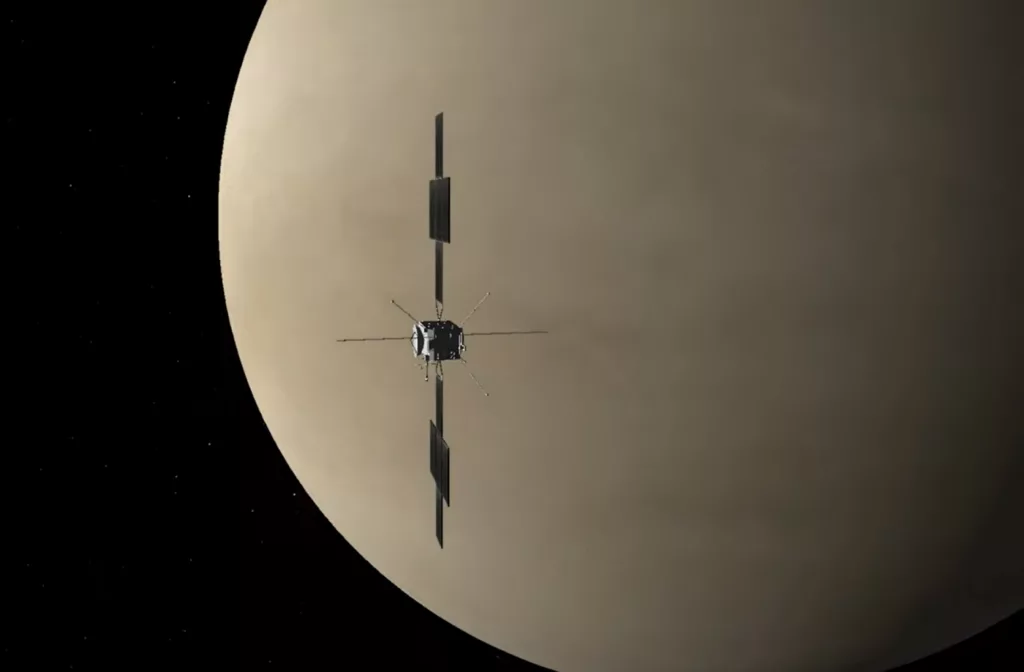News, Rocket Missions
On 12 November 2025, at 05:05 local time, DLR’s MAPHEUS-16 sounding rocket was successfully launched from Esrange Space Center in northern Sweden. Onboard were no less than 21 experiments, a new record for the MAPHEUS program.
The MAPHEUS-16 mission carried a payload of about 500 kg, standing more than 13 meters tall with the motors attached. It was also the first rocket ever to be propelled by the German-developed solid-fuel Red Kite motor combination for both first and second stage. During the flight time of approximately 14 minutes, the payload reached an altitude of 267 kilometers. The 21 experiments onboard got to experience microgravity for more than six minutes.
New way of designing experiment modules
Experiments flying onboard sounding rockets usually fit within separate so-called modules. On this flight, one experiment named MOSAIC (Micro-Experiments on Sounding Rockets As Insert Cubes) was designed to fit several smaller experiment module cubes in the size 10x10x10cm.
“This format provides a low-level entry point to microgravity research for the researchers and scientists—our partners. We can fly many of these experiments, up to 24 CubeSat-sized units in this configuration,” says Thomas Voigtmann, Project Manager of the MAPHEUS program at the German Aerospace Center (DLR, Deutsches Zentrum fur Luft- und Raumfart).

3D printing in space
Another experiment onboard focused on additive manufacturing, known as 3D-printing. The scientists wanted to study how metals form and solidifies under microgravity conditions. As a next step, they will compare samples created on Earth to those created in space. The method of 3D-printing must also be adapted to work without gravity—a challenge in itself— as future interplanetary journeys might require special manufacturing in space.
“In previous MAPHEUS flights, we have printed from metal powder, which is not the easiest to do in microgravity because we need the powder to stay where it is. And in the absence of gravity, you have to figure out how to keep it in place. This time, we are trying different technologies, and one is printing with metal filaments,” Voigtmann explains.

Esrange is the perfect launch site
Research in microgravity plays an important role in helping researchers and scientists understand how physics, materials, biology, and other scientific disciplines, behave when gravity is eliminated from the equation. For almost 60 years, such research has been conducted from Esrange Space Center, with the German Aerospace Center (DLR) being one of the recurring customers at the base.
Onboard the MAPHEUS-16 rocket were also several medical experiments which investigated the influence of reduced gravity on organoids—small laboratory-grown structures that resemble organs. The scientists hoped to better understand how and why humans seem to age faster in space than on Earth, and why there are health deficits during longer periods of time in space.

Studying biological samples requires quick access to the experiments after they return to Earth. For such sensitive research, land-based recovery in the designated landing area of Esrange, makes it the perfect site to conduct these kinds of scientific experiments.
“Esrange is truly unique in the sense that we can have the payload back so quickly after launch, sometimes as quickly as within three hours after the launch. This offers a lot of new possibilities for research,” Thomas Voigtmann concludes.
Read more about the MAPHEUS-16 launch and the experiments onboard: https://www.dlr.de/en/research-and-transfer/projects-and-missions/mapheus












